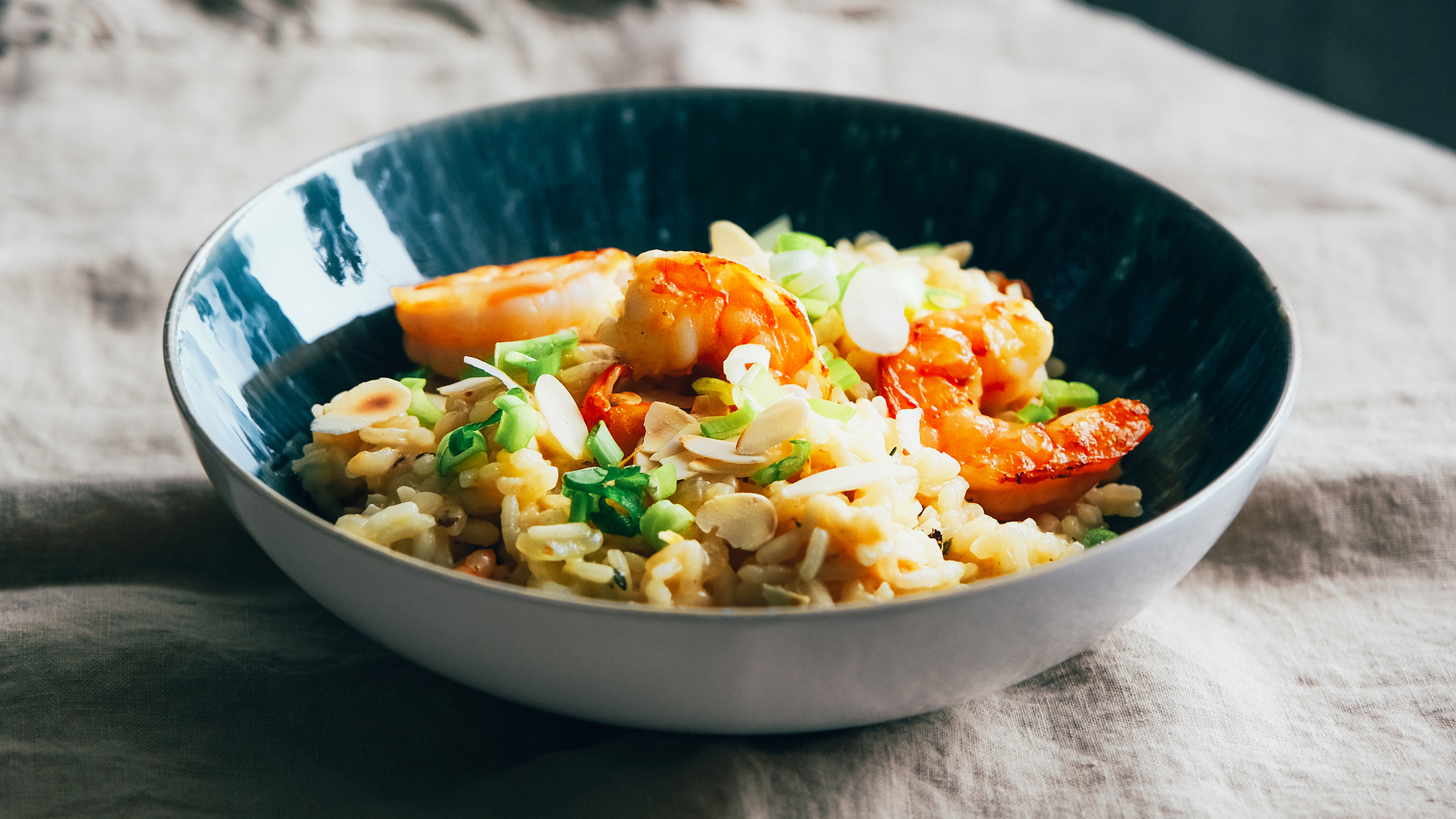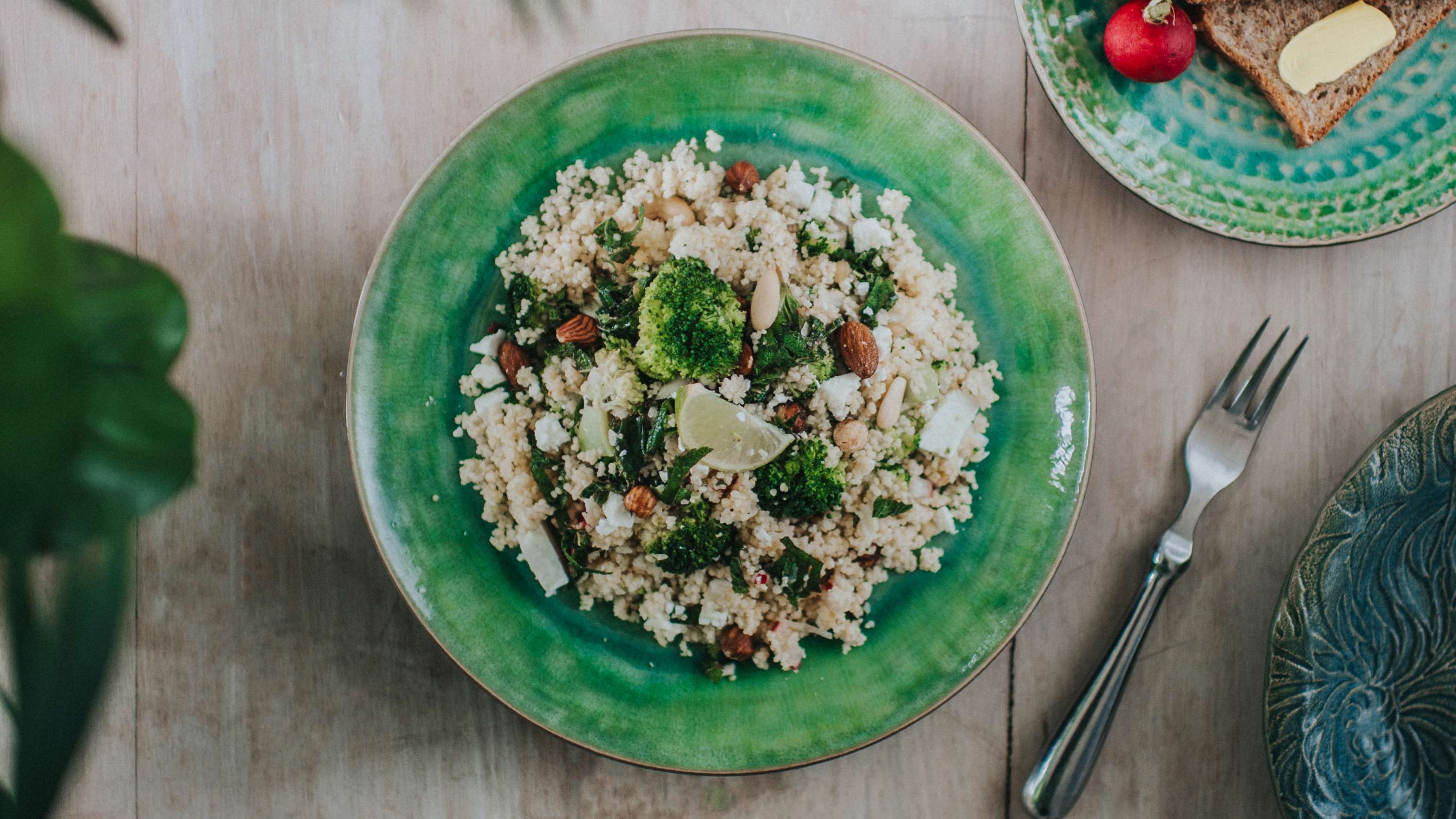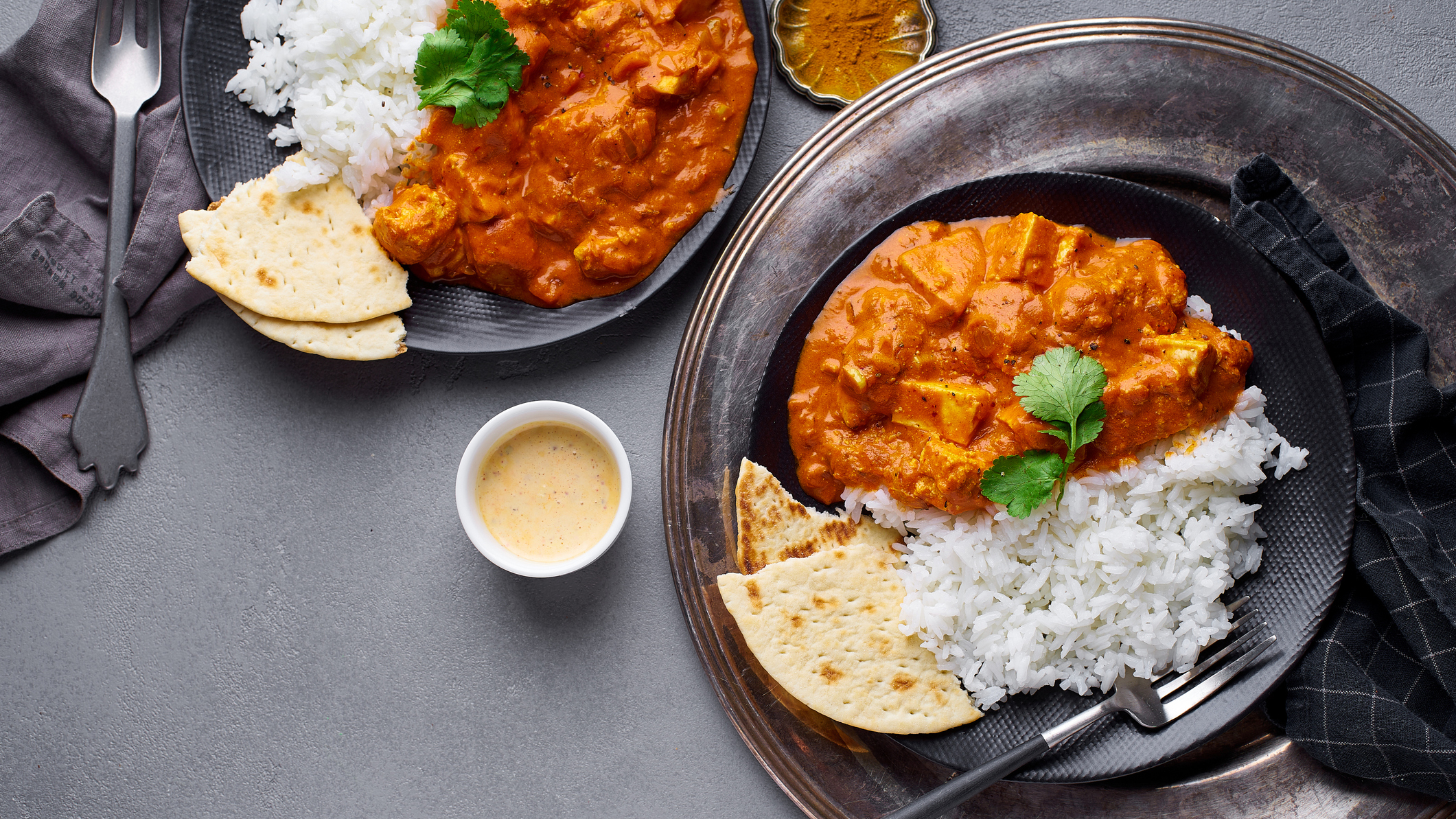Research has found the healthiest way to cook rice: The "ACS method"
Researchers have developed a healthy way to cook rice which changes the starch content


Is rice really healthy? It's often considered a perfectly reasonable side-dish to a lot of great meals, especially when compared to other carbohydrate staples like potatoes and bread.
However, rice, one of the most popular foods in the world, still remains quite high in calories and starch, with one cup of white rice totting up around 200 calories, with very little protein and fat content to speak of. Unless you're stringently using our portion size guide, it's easy to serve yourself even more than this when preparing meals.
According to Harvard University, a serving of white rice "has almost the same effect as eating pure table sugar — a quick, high spike in blood sugar". On the other hand, carbohydrates are a prevalent, necessary part of our diet, and we shouldn't try to cut them out entirely.
Fortunately, there is a way to cook rice to make it healthier, reducing this quick blood sugar-dump effect.
Researchers presenting at the American Chemical Society in Denver (ACS) have developed a way to cook rice which reportedly could reduce the calories absorbed by the body by up to 60%. To understand how it works, we need to look at what rice is made up of.

A single grain of rice contains two different kinds of starch, according to the ACS and University of Southern California researchers. Digestible starch is quickly broken down in our bodies, dumping lots of glucose into our systems and storing it as fat if it's not burned off. Resistant starch, however, is not absorbed in our body, and just passes through the digestive system without being broken down.
The ACS cooking method is said to change the rice's composition, turning a large amount of digestible starch into resistant starch.
Start your week with achievable workout ideas, health tips and wellbeing advice in your inbox.
The healthiest way to cook rice: The ACS method
- Add a teaspoon of coconut oil to a saucepan of boiling water.
- Add your white rice and simmer until the rice is cooked.
- Once it's cooked, place the rice in the refrigerator overnight.
- The next day, simply reheat the rice and enjoy!
This reportedly works because of the addition of the coconut oil, which is said to "enter the starch granule during cooking and changes the structure of the starch so they are no longer affected by the digestive enzyme from our body", according to the University of Southern California report.
Leaving the rice in the fridge overnight allows the process time to work, while the amount of resistant starch in the grain is not affected once the rice is reheated. It requires a little forward planning, but this is said to be a healthy, guilt-free way to enjoy rice as part of a balanced diet, while still hitting your weight loss goals.
As well as healthy ways to cook rice, there's plenty of great solutions to preparing your proteins in a healthy way too. You could slap them on one of our best grill entries, which allows the excess fat to trickle away, or use our best air fryers to cook foods without slathering them in excess oil.

Is rice bad for you?
Not entirely! Rice is full of carbohydrates, which can fuel the body, keep us sated and give us lots of energy. That's a great thing (in moderation). Brown rice also contains lots of nutrients and, as a whole grain, is a source of fibre. However, lots of people prefer the softer texture of milled "white" rice. Harvard University says this milling process "removes the majority of naturally occurring B vitamins, minerals, phytochemicals, and fiber", although sometimes B vitamins and fibre are actually added back into the rice.
The main reason rice is associated with gaining weight is that because it's a dense source of carbohydrates. Eating carbs causes a spike in blood sugar, which in turn causes the pancreas to produce insulin, which prompts the cells to absorb all that blood sugar. But over time, with consistent high blood sugar spikes, we become more resistant to it, so our pancreas produces less insulin.
This is how people get Type-2 diabetes, and why diabetics require external insulin injections: when they eat, their body is so used to a state of high blood sugar that it no longer produces enough insulin on its own.
Of course, this isn't going to happen with a few cupfuls of white rice: this is a sustained process of accumulating too much sugar and high-GI carbohydrates over many years. This is why the process of turning the starch in rice into "resistant" starch is so good: rather than dumping glucose into our blood stream, it's instead broken down and passed through the gut.
Are there any healthy rice alternatives?
There certainly is. It's worth noting that as mentioned above, rice itself isn't black-and-white "unhealthy" for you, and it shouldn't be considered a nutritional villain, but it can provide some unwanted blood sugar spikes. Cooked and consumed in the right way, it can provide lots of energy for the body, as well as a few grams of protein and can act as a great base for a meal.
Rice is a grain, and white rice is the end product of a refining process. This process strips B vitamins, iron, fibre and other nutrients from the rice according to a Harvard University report, which are sometimes added back in smaller quantities. Usually the rice will be labelled "enriched" to illustrate that is the case.
However, you can also get whole grain or "brown" rice, which retains the bran, germ, and endosperm, which have the original vitamins and fiber intact. Whole grain rice takes longer to cook and has a chewier, nuttier texture than white rice, but it's full of good stuff for your body and, as a whole grain, can provide the body with energy at a much slower rate than white rice, which means your body is less likely to store that excess energy as fat.
Of course, there's always cauliflower rice and other vegetable alternatives. This isn't rice at all: it's simply finely chopped or grated cauliflower, sometimes sauteed in a pan or skillet. It's useful for those on a low-carbohydrate, weight-loss diet, who are still looking for a rice-like side for their dishes. Cauli is also used for pizza bases.
Matt Evans is an experienced health and fitness journalist and is currently Fitness and Wellbeing Editor at TechRadar, covering all things exercise and nutrition on Fit&Well's tech-focused sister site. Matt originally discovered exercise through martial arts: he holds a black belt in Karate and remains a keen runner, gym-goer, and infrequent yogi. His top fitness tip? Stretch.
